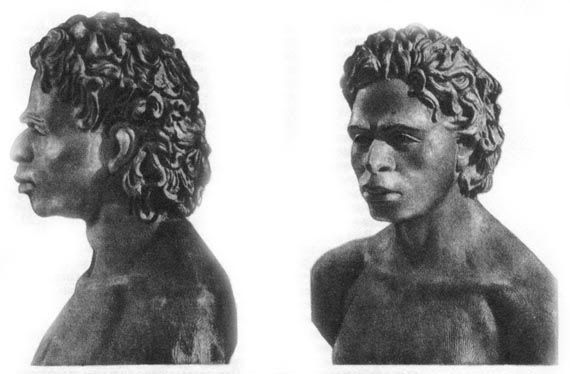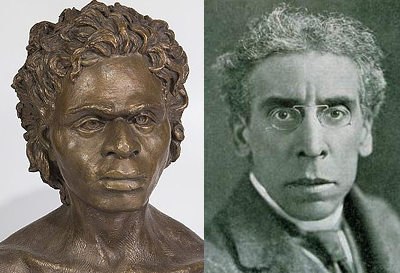Classifications such as "Caucasian, Mongoloid, etc." are indeed not really useful anymore, at least since the announcement that the essentially complete human genome had been sequenced, which was on April 14, 2003.
Since that moment, we can check people's DNA to see from which group of humanity came their ancestors, instead of examining their looks.
Thanks to that it was established that 14%-38% of Native Americans originated from European-like people who lived in Siberia 24,000 years ago - link:
http://forums.civfanatics.com/showpost.php?p=13860001&postcount=28
By the way - "Caucasian" was always used to describe Western Eurasians as well, not just Europeans alone.
The name is "Caucasian" for a reason - it is named after prehistoric humans who looked similar to modern Europeans and lived near Caucasus.
People of the Gravettian culture who started to colonize Europe some 33,000 years ago had lived to the south of the Caucasus before that date. Then they crossed the Caucasus to the north, and through Russia and Ukraine they gradually moved into the whole of Europe.
Another branch of the same population did not cross the Caucasus, and stayed in the Middle East.
But the Gravettians were not the first modern humans in Europe.
The first were people of the Aurignacian culture, one of whom was Kostenki 14.
The bust of Kostenki 14 man, who lived some 36,000 years ago near the Russian-Ukrainian border (bust reconstructed from his skull):
People related to Kostenki 14 were not totally replaced by new immigrants, but generally they became a minority of the population.
Today Europeans have perhaps no more than 10% of their ancestry from Kostenki-like people, while the remaining 90% is from later immigrant waves.
As you can see Kostenki 14 did not resemble modern Europeans very much. Only some Europeans have such "exotic" looks today:







